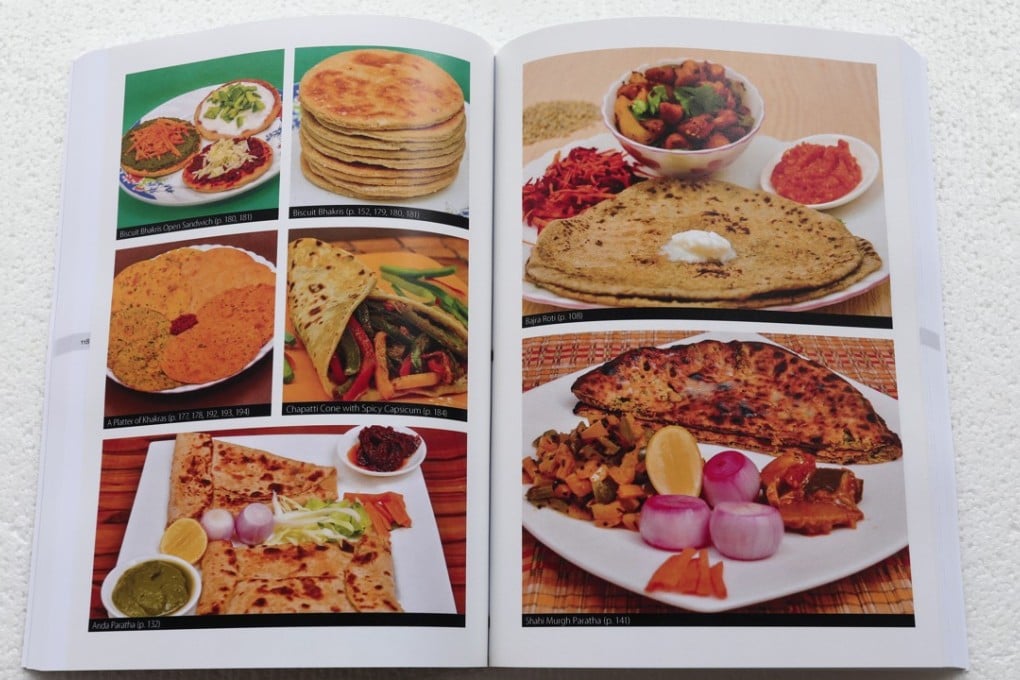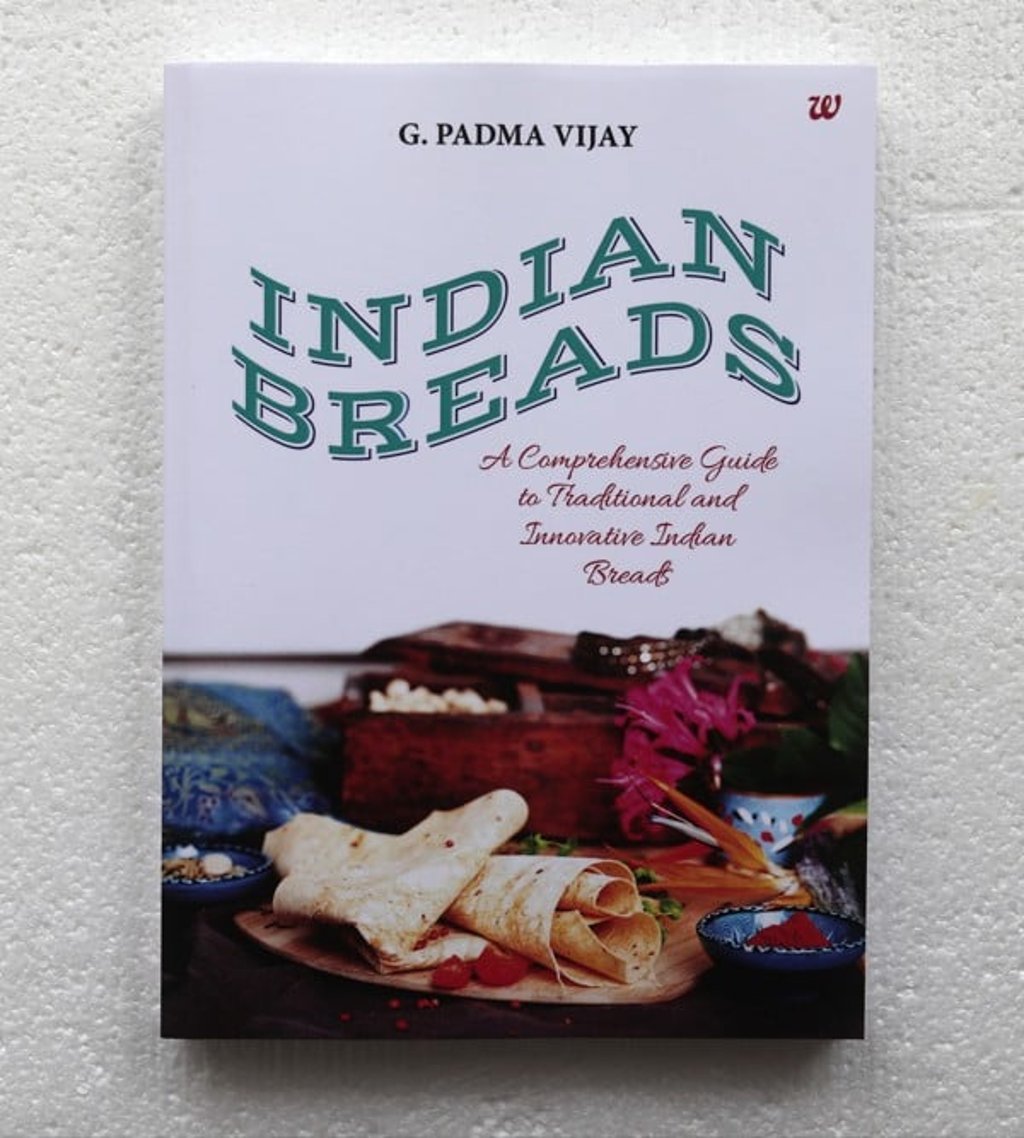All you need to know about Indian breads: naan, roti and beyond
If you love a good paratha, take a look at food writer G. Padma Vijay’s eye-opening cookbook on the huge variety of breads found in the country

Anyone who has been to an Indian restaurant will be aware of the diversity of breads available. And what they list – the restaurants outside India, anyway – is only a small part of the huge range you can find in the country. Look in most Indian cookbooks, however, and you’ll see recipes for just a few breads, such as plain naan, roti and paratha. These are probably the ones an Indian home cook would make as well, because they are easy and quick, and don’t require special equipment.

In the introduction, author G. Padma Vijay tells us about the huge scope of Indian cuisine, which, in turn, extends to the country’s breads. “The cuisines of India are influenced by physical locations, such as proximity to the sea, mountains or deserts, the seasons and the availability of ingredients. They are tongue-tickling, providing contrasts in colour, flavour and textures. Traditional foods prepared in different parts of the country are diverse, and this holds true for Indian breads, which are an important part of an Indian meal.
“The soil and climate of north India are suitable for wheat […] and flatbreads are made with wholewheat and refined flour. Flatbreads made with wheat flour are also popular in western and central India. Those made with millet flours […] are consumed in the west, as the land and climate are suitable for growing that crop [...] Maize grows in Punjab and Rajasthan and maize flour flatbreads are made here. Rice is the staple diet for several Indians, particularly in south, east and northeast India. Short-grained rice (colam) is preferred in south India and is ground into flour for flatbreads as well. The north Indian parathas, rotis and naans differ considerably from south Indian pathiris and orottis, while the similarities in the flatbreads in different regions clearly showcase the unity in diversity of Indian culture and food.”
